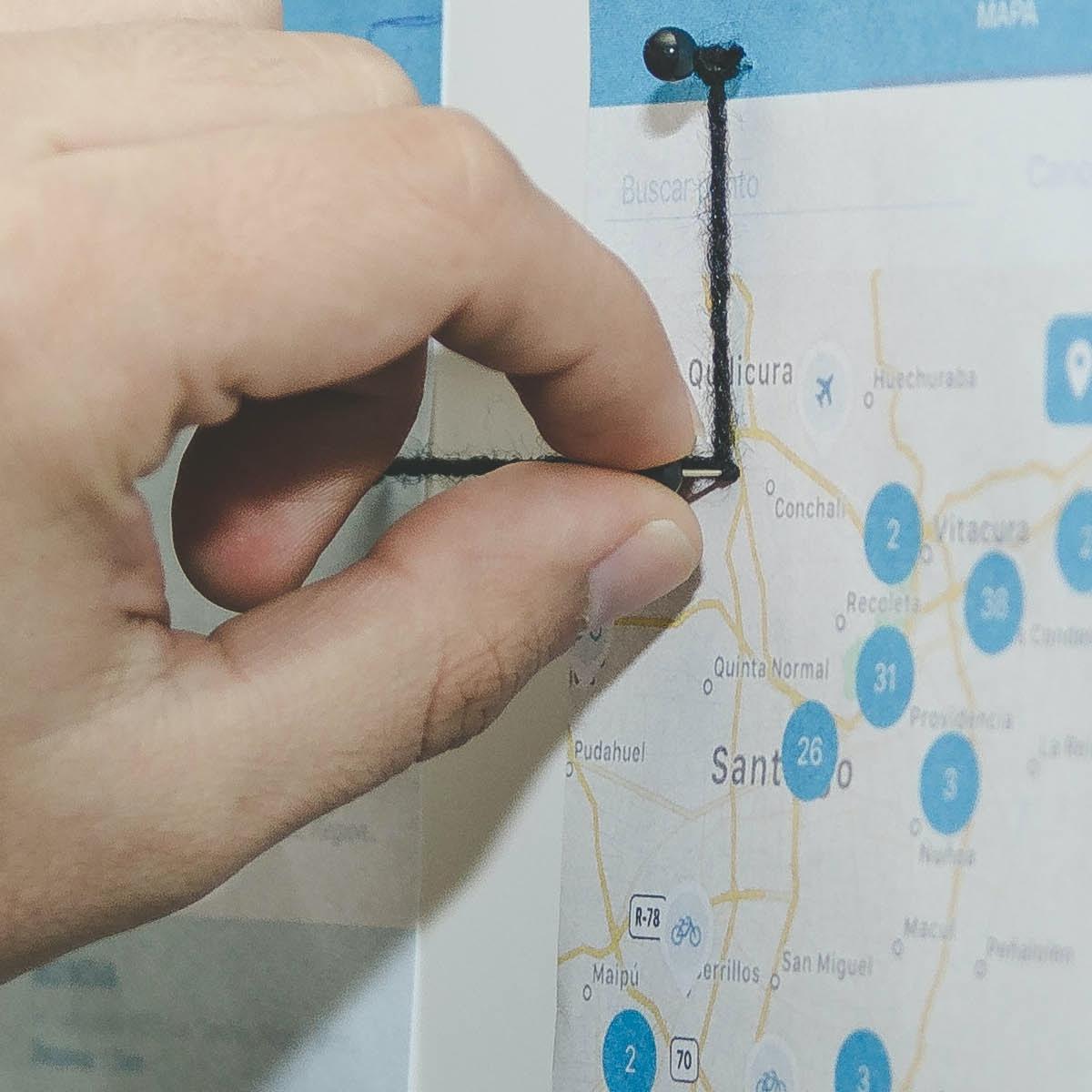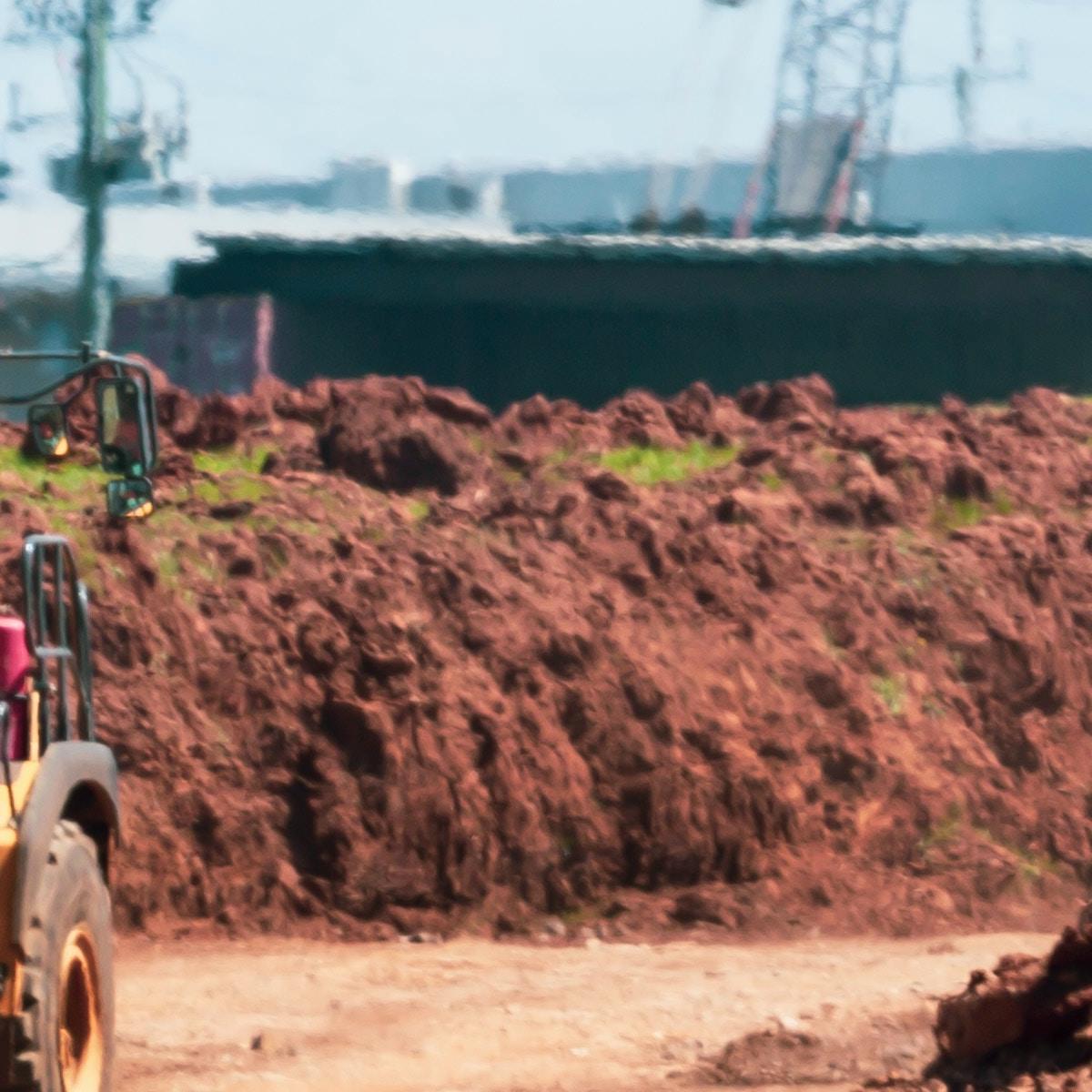The Capacity Assessment Tool for Infrastructure [CAT-I]
The CAT-I is a tool for assessing a government’s enabling environment at the national, regional, and municipal levels to plan, deliver, and manage their infrastructure systems to achieve sustainable, resilient and inclusive outcomes. CAT-I achieves this by helping governments to identify challenges and opportunities across the three main stages of infrastructure development – 1) Infrastructure Planning; 2) Infrastructure Delivery; and 3) Infrastructure Management (i.e. operation, maintenance, and decommissioning).
The specific objectives of the CAT-I are to:
- Create a common language and framework for the infrastructure enabling environment;
- Identify challenges and opportunities in the planning, delivery, and management of infrastructure systems;
- Support the identification of potential solutions to improve the enabling environment;
- Create a pipeline of programmes and projects to improve the enabling environment; and
- Show progress against a measured baseline.
The objectives of the tool are to
•Assist partner governments in identifying and understanding the gaps in their capacity to plan, deliver, and manage infrastructure; and
• Assist partner governments in identifying potential opportunities to build and address the gaps in their infrastructure planning, delivery, and management capacity.
Outcomes
The main outcomes of the tool are to:
• Improve the infrastructure planning, delivery, and management of partner governments;
• Improve government capacity to reach development targets through the
implementation of sustainable, resilient and inclusive infrastructure; and
• Reduce the impact of shocks and stresses on countries through the
implementation of risk-informed infrastructure development.

Item Assessment information
Needs addressed
- Developing strong governance and policies
Leaving no one behind
- Addressing SCP needs of the national population (including vulnerable groups)
Applicability
- Tested
Organizations

-
12.1
-
12.2
-
12.4
-
12.5
-
12.6
-
12.7
-
12.a
How does the tool make an impact on SDG12?
CAT-I was developed in recognition of the critical role that infrastructure plays towards sustainable, resilient and inclusive development. The sustainable consumption and production of resources for infrastructure development and maintenance is the key. CAT-I identifies major areas of intervention or gaps through infrastructure development and management assisting in identifying strategies for the improvement of such channels.
How does the tool make an impact across SDGs?
Infrastructure influences 92% of SDG targets. From the material consumption and production, the supply of energy and water, the treatment of waste, and the provision of healthcare and education services, it is infrastructure that enables a society to function effectively, grow, and prosper. Infrastructure also acts as a protector of development Therefore, assessing the capacity of governments with CAT-I is critical to ensure that infrastructure systems are planned, delivered, and managed effectively to ensure sustainable, resilient and inclusive development that supports countries to achieve their SDGs.
HOW TO/STEP-BY-STEP
Implementation
Before the assessment begins, the team, scope, and timeline need to be confirmed.








